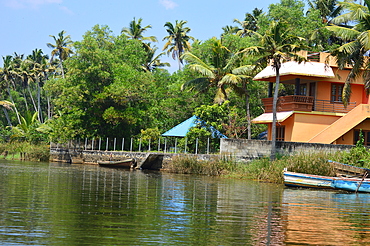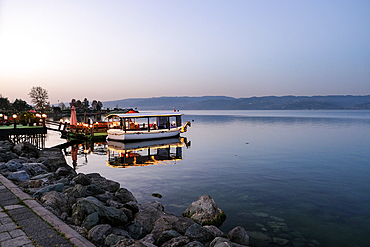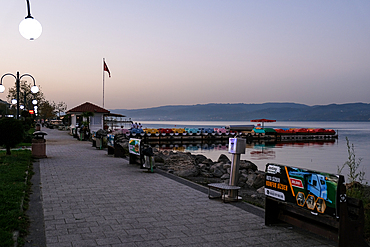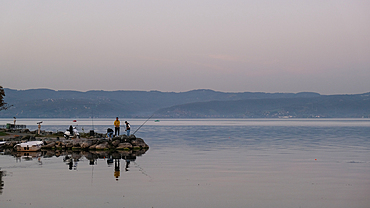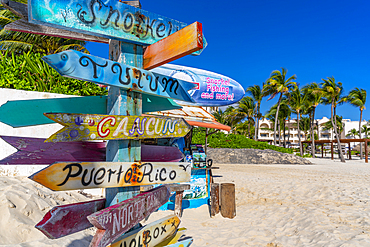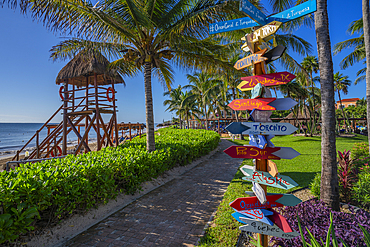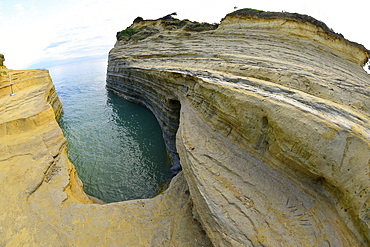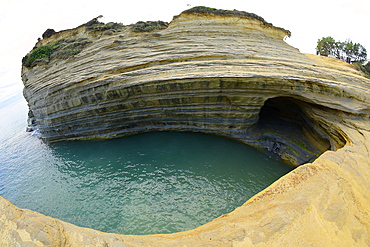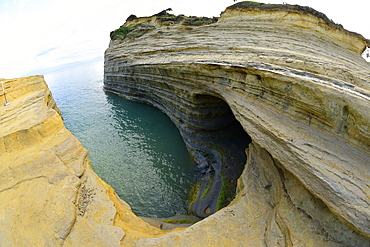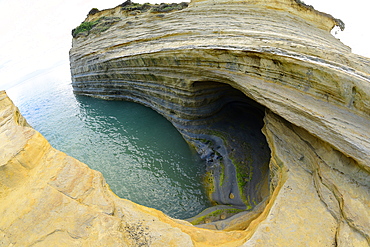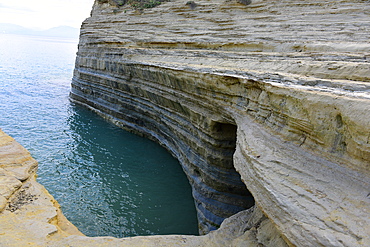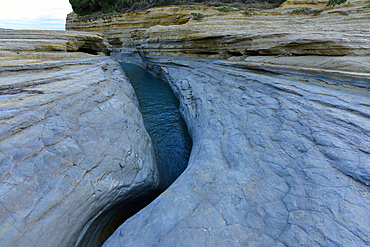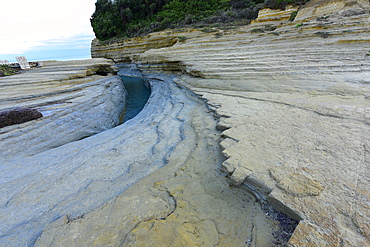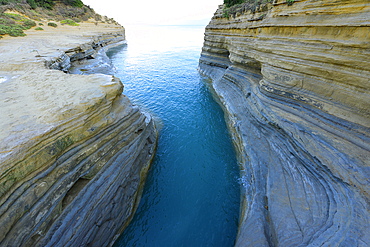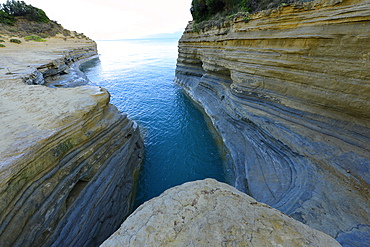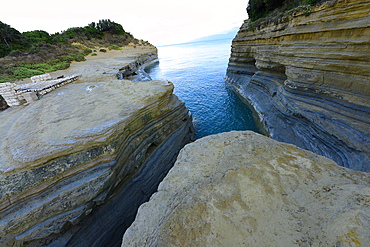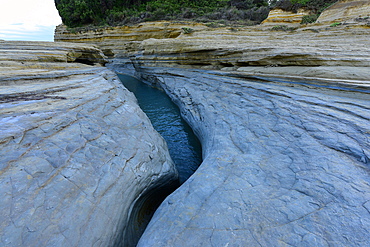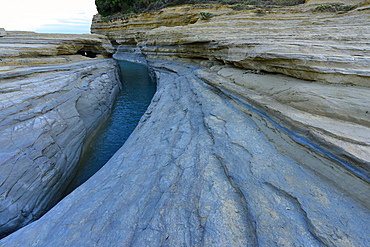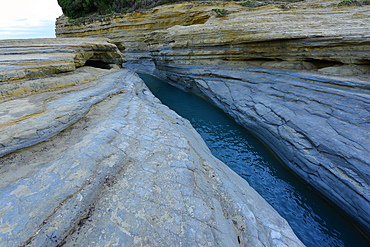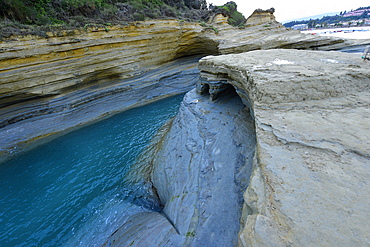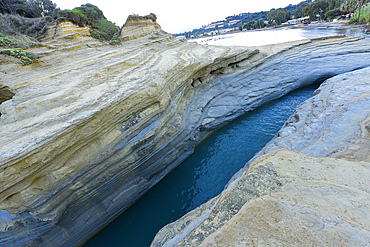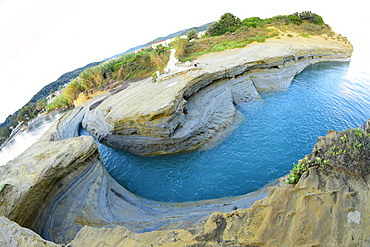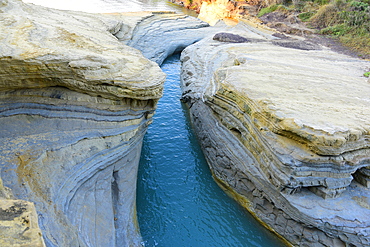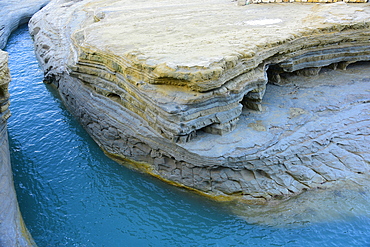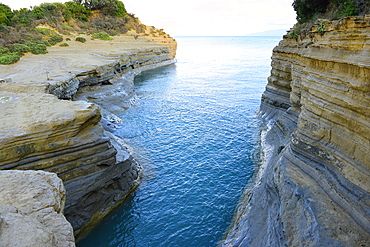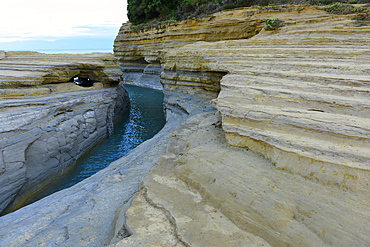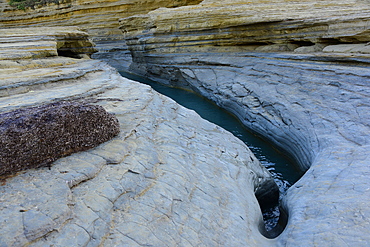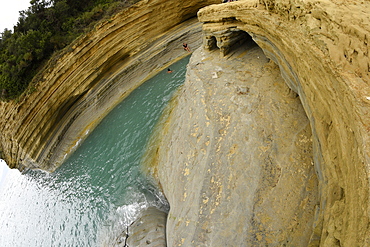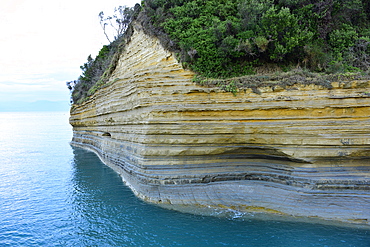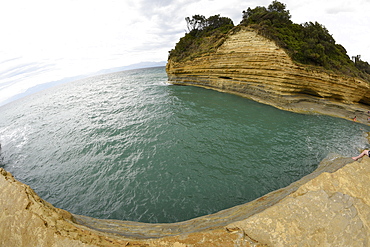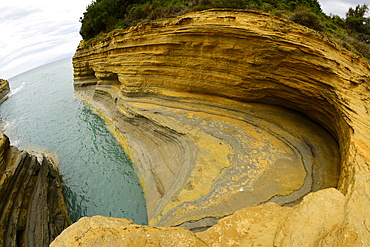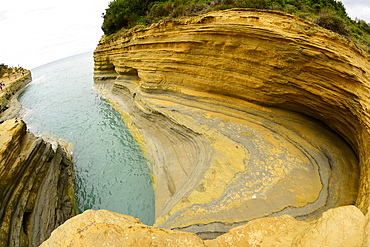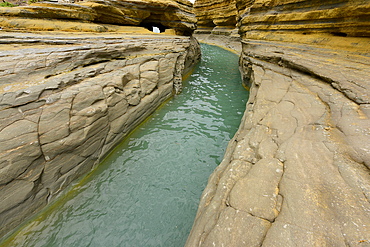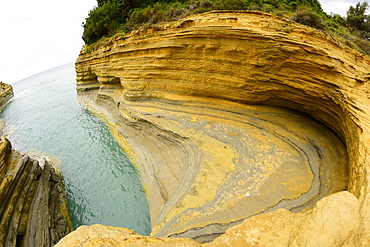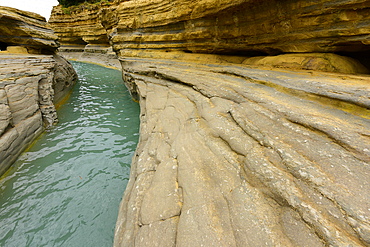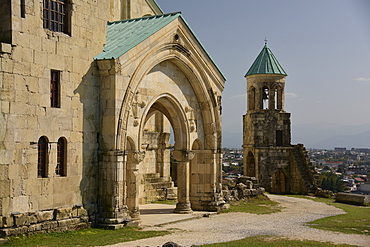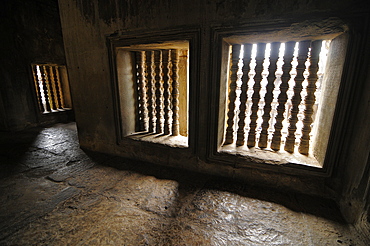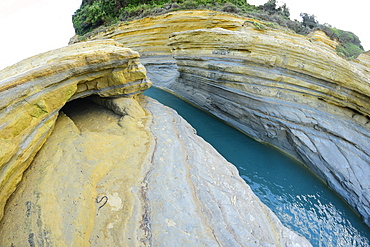Recent searches
Loading...
1131-2119 - Beach huts, La Panne Beach, West Flanders, Belgium
1381-24 - Ferry service at Okha port to Bet Dwarka Gujarat India a sacred pilgrimage destination which is believed to be the home of Lord Krishna an Indian deity.
1381-23 - Ferry service at Okha port to Bet Dwarka Gujarat India a sacred pilgrimage destination which is believed to be the home of Lord Krishna an Indian deity.
1243-537 - Aerial drone panoramic view of the V&A Waterfront is a mixed-use destination located in the oldest working harbour in the Southern Hemisphere. With Table Mountain as its backdrop, the 123-hectare neighbourhood is located within the Cape Town, South Africa
1243-536 - V&A Waterfront is a mixed-use destination located in the oldest working harbour in the Southern Hemisphere. With Table Mountain as its backdrop, the 123-hectare neighbourhood is located within the Cape Town, South Africa
1381-2 - A beautiful house of small coastal village Poover of Kerala with Neyyar river backwater and amazingly lush green vegetation.travel destination.
1373-228 - View of Lake Sapanca (Sapanca Gölü), a fresh water lake in Turkey, between the Gulf of İzmit and the Adapazarı Meadow. The region around Sapanca is an important destination for day trips and weekend vacations.
1373-227 - View of Lake Sapanca (Sapanca Gölü), a fresh water lake in Turkey, between the Gulf of İzmit and the Adapazarı Meadow. The region around Sapanca is an important destination for day trips and weekend vacations.
1373-225 - View of Lake Sapanca (Sapanca Gölü), a fresh water lake in Turkey, between the Gulf of İzmit and the Adapazarı Meadow. The region around Sapanca is an important destination for day trips and weekend vacations.
1373-226 - View of Lake Sapanca (Sapanca Gölü), a fresh water lake in Turkey, between the Gulf of İzmit and the Adapazarı Meadow. The region around Sapanca is an important destination for day trips and weekend vacations.
1373-224 - View of Lake Sapanca (Sapanca Gölü), a fresh water lake in Turkey, between the Gulf of İzmit and the Adapazarı Meadow. The region around Sapanca is an important destination for day trips and weekend vacations.
1373-223 - View of Lake Sapanca (Sapanca Gölü), a fresh water lake in Turkey, between the Gulf of İzmit and the Adapazarı Meadow. The region around Sapanca is an important destination for day trips and weekend vacations.
1373-222 - View of Lake Sapanca (Sapanca Gölü), a fresh water lake in Turkey, between the Gulf of İzmit and the Adapazarı Meadow. The region around Sapanca is an important destination for day trips and weekend vacations.
844-33038 - View of colourful destination sign on beach at Puerto Morelos, Caribbean Coast, Yucatán Peninsula, Riviera Maya, Mexico, North America
844-33037 - View of colourful destination sign on beach at Puerto Morelos, Caribbean Coast, Yucatán Peninsula, Riviera Maya, Mexico, North America
844-32689 - View of destination signpost near Puerto Morelos, Caribbean Coast, Yucatan Peninsula, Mexico, North America
844-32686 - View of colourful hotel destination signpost near Puerto Morelos, Caribbean Coast, Yucatan Peninsula, Mexico, North America
1235-1394 - Famous Channel of Love (Canal D'amour) in Sidari, Corfu, Greece
1235-1395 - Famous Channel of Love (Canal D'amour) in Sidari, Corfu, Greece
1235-1393 - Famous Channel of Love (Canal D'amour) in Sidari, Corfu, Greece
1235-1392 - Famous Channel of Love (Canal D'amour) in Sidari, Corfu, Greece
1235-1391 - Famous Channel of Love (Canal D'amour) in Sidari, Corfu, Greece
1235-1390 - Famous Channel of Love (Canal D'amour) in Sidari, Corfu, Greece
1235-1389 - Famous Channel of Love (Canal D'amour) in Sidari, Corfu, Greece
1235-1387 - Famous Channel of Love (Canal D'amour) in Sidari, Corfu, Greece
1235-1388 - Famous Channel of Love (Canal D'amour) in Sidari, Corfu, Greece
1235-1386 - Famous Channel of Love (Canal D'amour) in Sidari, Corfu, Greece
1235-1385 - Famous Channel of Love (Canal D'amour) in Sidari, Corfu, Greece
1235-1383 - Famous Channel of Love (Canal D'amour) in Sidari, Corfu, Greece
1235-1384 - Famous Channel of Love (Canal D'amour) in Sidari, Corfu, Greece
1235-1382 - Famous Channel of Love (Canal D'amour) in Sidari, Corfu, Greece
1235-1380 - Famous Channel of Love (Canal D'amour) in Sidari, Corfu, Greece
1235-1381 - Famous Channel of Love (Canal D'amour) in Sidari, Corfu, Greece
1235-1357 - Famous Channel of Love (Canal D'amour) in Sidari, Corfu, Greece
1235-1354 - Famous Channel of Love (Canal D'amour) in Sidari, Corfu, Greece
1235-1355 - Famous Channel of Love (Canal D'amour) in Sidari, Corfu, Greece
1235-1353 - Famous Channel of Love (Canal D'amour) in Sidari, Corfu, Greece
1235-1351 - Famous Channel of Love (Canal D'amour) in Sidari, Corfu, Greece
1235-1352 - Famous Channel of Love (Canal D'amour) in Sidari, Corfu, Greece
1235-1350 - Famous Channel of Love (Canal D'amour) in Sidari, Corfu, Greece
1235-1347 - Famous Channel of Love (Canal D'amour) in Sidari, Corfu, Greece
1235-1348 - Famous Channel of Love (Canal D'amour) in Sidari, Corfu, Greece
1235-1346 - Famous Channel of Love (Canal D'amour) in Sidari, Corfu, Greece
1235-1345 - Famous Channel of Love (Canal D'amour) in Sidari, Corfu, Greece
1235-1343 - Famous Channel of Love (Canal D'amour) in Sidari, Corfu, Greece
1235-1342 - Famous Channel of Love (Canal D'amour) in Sidari, Corfu, Greece
1235-1340 - Famous Channel of Love (Canal D'amour) in Sidari, Corfu, Greece
1235-1341 - Famous Channel of Love (Canal D'amour) in Sidari, Corfu, Greece
1235-1339 - Famous Channel of Love (Canal D'amour) in Sidari, Corfu, Greece
1235-1337 - Famous Channel of Love (Canal D'amour) in Sidari, Corfu, Greece
1235-1338 - Famous Channel of Love (Canal D'amour) in Sidari, Corfu, Greece
1235-1336 - Famous Channel of Love (Canal D'amour) in Sidari, Corfu, Greece
1235-1335 - Famous Channel of Love (Canal D'amour) in Sidari, Corfu, Greece
1235-1334 - Famous Channel of Love (Canal D'amour) in Sidari, Corfu, Greece
1235-1163 - Bagrati Cathedral, Kutaisi, Imereti, Georgia
1235-1162 - Bagrati Cathedral, Kutaisi, Imereti, Georgia
1235-1160 - Bagrati Cathedral, Kutaisi, Imereti, Georgia
1235-1161 - Bagrati Cathedral, Kutaisi, Imereti, Georgia
1235-1159 - Bagrati Cathedral, Kutaisi, Imereti, Georgia
1235-1157 - Bagrati Cathedral, Kutaisi, Imereti, Georgia
1235-1158 - Bagrati Cathedral, Kutaisi, Imereti, Georgia
1235-1156 - Bagrati Cathedral, Kutaisi, Imereti, Georgia
1235-1155 - Bagrati Cathedral, Kutaisi, Imereti, Georgia
1235-1154 - Bagrati Cathedral, Kutaisi, Imereti, Georgia
1235-1152 - Bagrati Cathedral, Kutaisi, Imereti, Georgia
1235-1119 - Elevated view on Bagan temples, Bagan, Myanamar
1235-1023 - Angkor Wat temple, UNESCO World Heritage Site, Angkor, Cambodia
1235-1021 - Angkor Wat temple, UNESCO World Heritage Site, Angkor, Cambodia
1235-1022 - Angkor Wat temple, UNESCO World Heritage Site, Angkor, Cambodia
1235-1020 - Angkor Wat temple, UNESCO World Heritage Site, Angkor, Cambodia
1235-1018 - Angkor Wat temple, UNESCO World Heritage Site, Angkor, Cambodia
1235-1019 - Angkor Wat temple, UNESCO World Heritage Site, Angkor, Cambodia
1235-1017 - Angkor Wat temple, UNESCO World Heritage Site, Angkor, Cambodia
1235-1016 - The window in Angkor Wat temple, Angkor, Cambodia
1235-1014 - The window in Angkor Wat temple, Angkor, Cambodia
1235-1013 - The Khmer Empire's Bayon temple, Angkor, Cambodia
1235-1012 - The Khmer Empire's Bayon temple, Angkor, Cambodia
1235-1010 - The Khmer Empire's Bayon temple, Angkor, Cambodia
1235-1008 - The Khmer Empire's Bayon temple, Angkor, Cambodia
1235-1007 - The Khmer Empire's Bayon temple, Angkor, Cambodia
1235-1004 - The Khmer Empire's Bayon temple, Angkor, Cambodia
1235-1006 - The Khmer Empire's Bayon temple, Angkor, Cambodia
1235-1379 - Famous Channel of Love (Canal D'amour) in Sidari, Corfu, Greece
1235-1377 - Famous Channel of Love (Canal D'amour) in Sidari, Corfu, Greece
1235-1376 - Famous Channel of Love (Canal D'amour) in Sidari, Corfu, Greece
1235-1375 - Famous Channel of Love (Canal D'amour) in Sidari, Corfu, Greece
1235-1373 - Famous Channel of Love (Canal D'amour) in Sidari, Corfu, Greece
1235-1374 - Famous Channel of Love (Canal D'amour) in Sidari, Corfu, Greece
1235-1372 - Famous Channel of Love (Canal D'amour) in Sidari, Corfu, Greece
1235-1371 - Famous Channel of Love (Canal D'amour) in Sidari, Corfu, Greece
1235-1369 - Famous Channel of Love (Canal D'amour) in Sidari, Corfu, Greece
1235-1370 - Famous Channel of Love (Canal D'amour) in Sidari, Corfu, Greece
1235-1368 - Famous Channel of Love (Canal D'amour) in Sidari, Corfu, Greece
1235-1367 - Famous Channel of Love (Canal D'amour) in Sidari, Corfu, Greece
1235-1366 - Famous Channel of Love (Canal D'amour) in Sidari, Corfu, Greece
1235-1365 - Famous Channel of Love (Canal D'amour) in Sidari, Corfu, Greece
1235-1364 - Famous Channel of Love (Canal D'amour) in Sidari, Corfu, Greece





